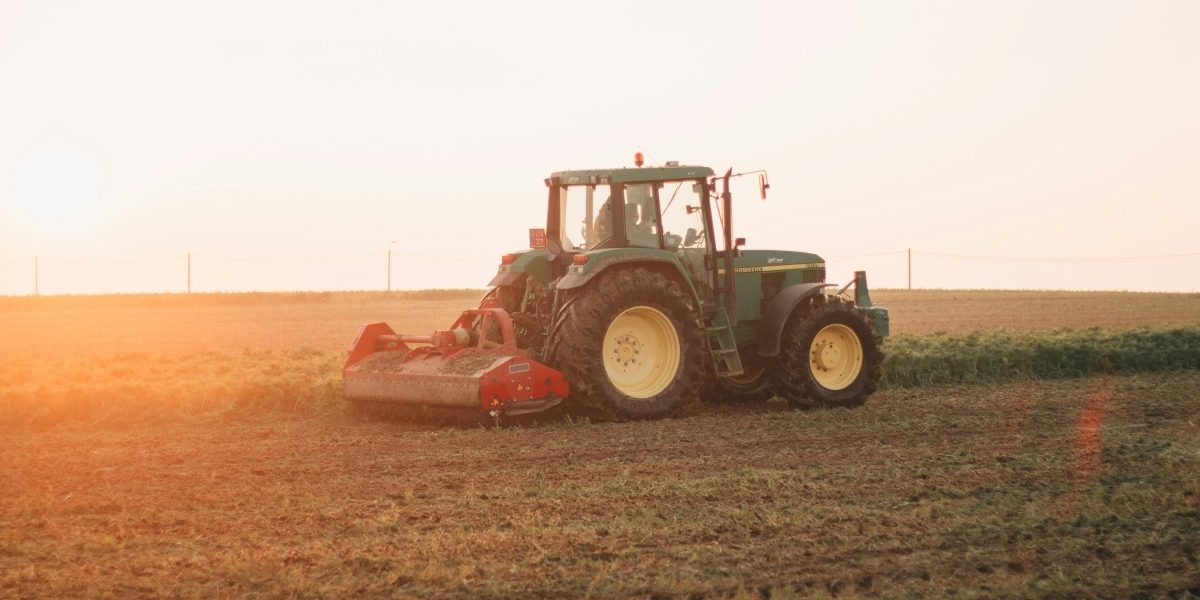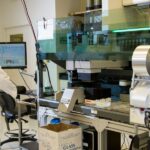As the global population balloons, there’s a need for increased food production. This demand puts immense pressure on farmers to maximize yields while facing challenges like labor shortages, rising costs, and climate change. Modern agriculture must adapt to these challenges to promote sustainability and profitability.
Farmers today need tools that boost efficiency, reduce operational expenses, and promote sustainable practices. Without the right equipment, meeting these demands becomes nearly impossible. This article aims to provide solutions by highlighting eight must-have farming tools that can transform your operations.
Adopting advanced equipment can lead to higher productivity, lower costs, and eco-friendly farming. From precision planting to automated irrigation, these tools address critical pain points.
1. Tractors
Tractors serve as the backbone of modern farming, streamlining tasks and boosting efficiency. They handle heavy-duty operations like plowing, planting, and harvesting with ease. Without them, large-scale farming would be impractical and labor-intensive.
Modern tractors come equipped with advanced features like GPS-guided systems. These help ensure precise field navigation, reducing overlaps and saving fuel. Fuel-efficient engines also cut operational costs, making them cost-effective in the long run.
Tractors address labor shortages by automating tasks that once required multiple workers. They improve productivity by completing jobs faster and with greater accuracy. Investing in a reliable tractor can transform your farm’s output and sustainability. A reliable farming equipment supplier should have a range of premium quality tractors for you to choose from.
2. Seed Drills
Precision planting is crucial for optimal crop growth and maximizing yields. Seed drills play a key role in achieving this by ensuring seeds are planted at the correct depth and spacing. Uniform seed placement promotes even growth and reduces competition among plants.
Seed drills minimize waste by preventing over-seeding and ensuring efficient use of resources. They also improve germination rates by creating ideal conditions for seeds to thrive. This leads to healthier crops and higher productivity.
Advanced seed drills now feature variable rate technology (VRT). VRT allows customized seeding based on soil conditions and crop requirements. By investing in modern seed drills, you can enhance precision and boost your farm’s overall performance.
3. Drip Irrigation Systems
Water scarcity and inefficient irrigation methods pose significant challenges for modern farmers. Traditional systems often waste water and fail to meet crops’ specific needs. This can lead to higher costs and lower yields.
Drip irrigation systems address these issues by delivering water directly to plant roots. They conserve water, reduce evaporation, and minimize runoff. This method also allows for precise nutrient delivery, promoting healthier crop growth.
Modern drip systems incorporate automation for even greater efficiency. Sensors and timers ensure water is applied only when and where it’s needed. By adopting drip irrigation, you can save resources, cut costs, and improve your farm’s sustainability.
4. Combine Harvesters
Combine harvesters revolutionize farming by performing harvesting, threshing, and cleaning in a single operation. This saves significant time and effort compared to manual methods. They’re essential for large-scale farms aiming to maximize efficiency.
Modern combine harvesters feature advancements like real-time yield monitoring. These systems provide data on crop performance, helping you make informed decisions. Automated adjustments ensure optimal settings for different crop conditions.
Combine harvesters also reduce post-harvest losses by handling crops gently and efficiently. They minimize labor dependency, allowing fewer workers to manage larger areas. Investing in a combine harvester can enhance your farm’s productivity and efficiency.
5. Rotavators
Soil preparation and aeration are vital for healthy crop growth. Compacted soil restricts root development and reduces water absorption. Rotavators address these issues by breaking up tough soil and improving its structure.
Rotavators mix organic matter into the soil, enriching it with nutrients. They also create fine, well-aerated seedbeds, promoting optimal conditions for planting, which may support better germination and crop growth.
Using rotavators reduces the need for manual labor, saving time and effort. They also enhance soil fertility by promoting microbial activity. By incorporating rotavators into your farming practices, you can maintain healthier soil and achieve higher yields.

6. Sprayers
Effective pest and weed control is essential for maintaining crop health and maximizing yields. Traditional methods often lead to uneven chemical application and excessive waste. Modern sprayers provide a more efficient and eco-friendly solution.
Boom sprayers and drone sprayers ensure even chemical distribution across fields. They reduce waste by applying precise amounts of pesticides or herbicides. This minimizes environmental impact and lowers operational costs.
Smart sprayers take precision a step further with sensors for targeted application. These systems detect pests or weeds and apply chemicals only where needed. By using advanced sprayers, you can protect your crops effectively while promoting sustainable farming practices.
7. Grain Dryers
Proper crop storage is essential to prevent post-harvest losses and maintain quality. Grain dryers play a crucial role by reducing moisture levels in harvested crops. This prevents mold growth, spoilage, and insect infestations during storage.
Modern grain dryers are energy-efficient and designed to handle large volumes quickly. They ensure uniform drying, preserving the nutritional value and marketability of your crops. Some models even feature automated controls for precise moisture management.
By investing in grain dryers, you can extend the shelf life of your produce and reduce waste. They also help you meet quality standards for selling or exporting grains. Adding grain dryers to your farm equipment lineup may improve storage solutions and efficiency.
8. Soil Sensors
Understanding soil health is critical for maximizing crop yields and sustainability. Soil sensors provide real-time data on moisture levels, nutrient content, and pH balance. This information helps you make precise decisions about irrigation and fertilization.
Advanced soil sensors can be placed throughout your fields to monitor conditions continuously. They send alerts when soil parameters fall outside optimal ranges. This allows you to address issues before they impact crop growth.
By using soil sensors, you can reduce water and fertilizer waste. They also help you maintain ideal growing conditions, leading to healthier crops and higher productivity. Incorporating soil sensors into your farming practices can support smarter resource management and long-term soil health.
Conclusion
Modern agriculture thrives on innovation, and the right equipment can transform your farm’s efficiency, productivity, and sustainability. From tractors and seed drills to soil sensors, these seven tools address critical challenges and unlock new opportunities. They help you save time, reduce costs, and achieve higher yields while promoting eco-friendly practices.
Finding a reliable agricultural equipment supplier helps you get high-quality machinery. You’d also want to explore government subsidies or financing options for advanced equipment. Attend agricultural expos or workshops to stay updated on the latest technologies. Collaborate with local farming cooperatives to share resources and reduce expenses.
Embrace innovation and invest in the right tools to secure your farm’s future. By adopting these solutions, you’ll not only improve your operations but also contribute to a more sustainable and food-secure world.
Published by Steven S.

















